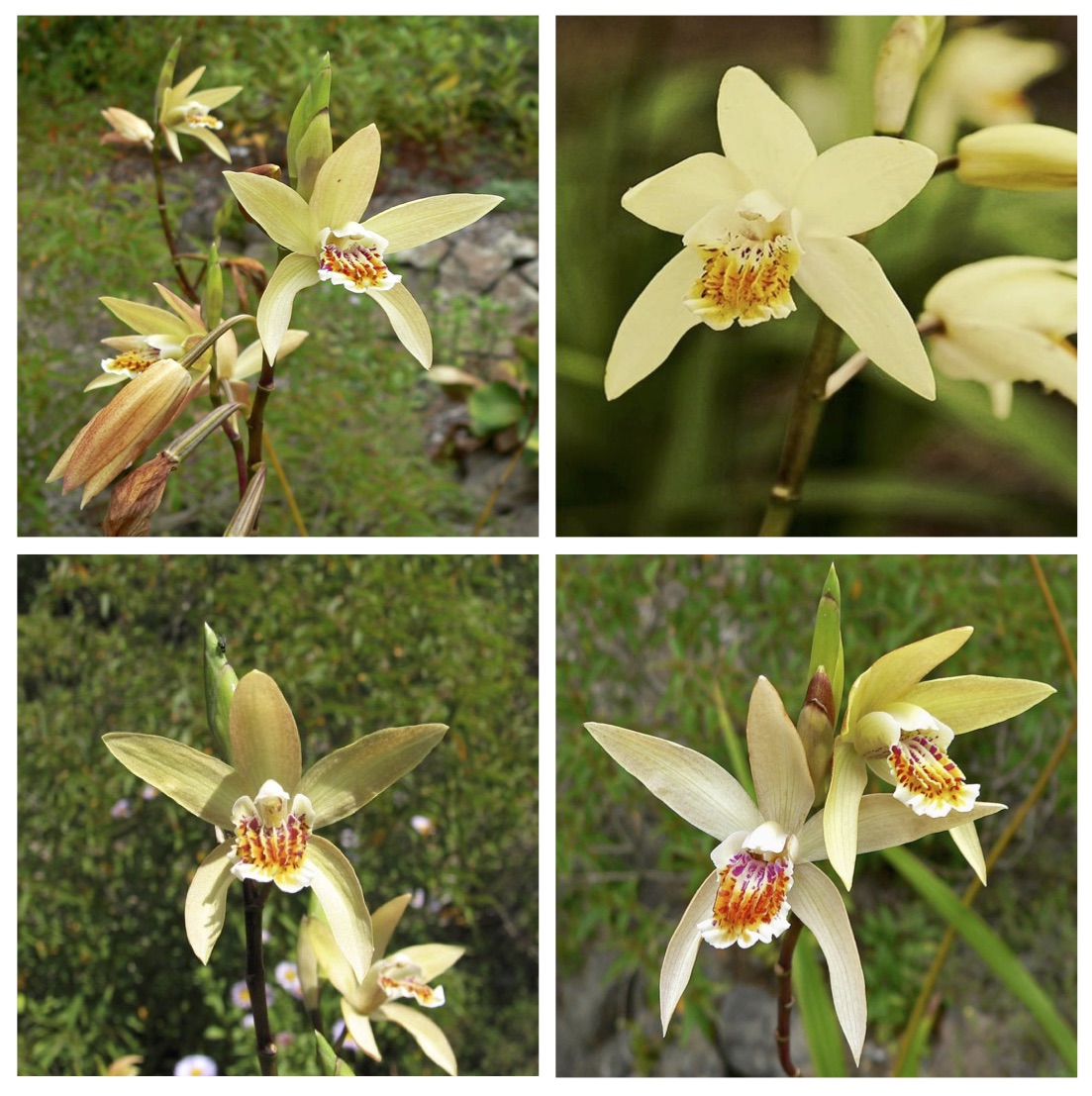Cart 0 Product Products (empty)
No products
Free shipping! Shipping
0,00 € Tax
0,00 € Total
Product successfully added to your shopping cart
Quantity
Total
There are 0 items in your cart. There is 1 item in your cart.
Total products
Total shipping Free shipping!
Tax 0,00 €
Total
-

Epipactis Orchids 4 Pack - Orchis Garden
The Epipactis are very proliferative...
65,39 € -10% 72,65 €
Categories
FAQ
Avez vous besoin d'aide ? Consultez notre page dédiée aux FAQ.
The rare orchid 'Bletilla ochracea' is again available...
Published : 08/07/2017 15:04:22
Categories : Bletilla , Novelties

After several months, the rare orchid 'Bletilla ochracea' is again available at Phytesia
The orchid Bletilla ochracea is a veritable hardy terrestrial orchid with large yellowish ocher-colored floral stems, very particular among garden orchids. It will accompany perfectly the classic varieties of Bletilla such as Bletilla striata 'purple' or Bletilla striata 'alba'.
Take advantage of the 'Return' offer at Phytesia : 10% on the Bletilla ochracea
Bletilla ochracea is available with a -10% discount (using the RETOUR001 code) for Phytesia customers. This offer is valid until 20th of November.
Bletilla : highly proliferative garden orchids that can tolerate full sun…
Unlike most perennial orchids that prefer cool, humid spots, Bletilla orchids can tolerate full sun.
Bletilla orchids persist in the form of underground bulbs during the winter dormancy period. The bulbs will then start developing their new shoots in April. A bouquet of long leaves then appears. Then 6 to 10 flowers appear during the summer, worn in loose spikes along the floral stem. After having brightened the garden for about a month, the flowers disappear, but not the foliage. At least not at once, it only fades in November. The plant then disappears completely from your sight and its pseudo-bulb goes into dormancy until the following spring.
Highly proliferative, after several years they’ll form pretty flowerbeds containing from 20 to 30 flower stems measuring up to 80 cm. They’re perfect for beginners and enjoy sunny spots that cannot accommodate other garden orchids.
This specificity of hyacinth orchids is also an invitation to plant them in pots to embellish terraces and sunny balconies.
Easy to grow
Bletilla orchids are among the easiest garden orchids to grow. They are perfect for beginners.
They prefer a soil rich in humus, light and well drained. Drainage is important because their pseudo-bulb will be damaged by stagnant moisture. If your soil is compact, don’t panic! Prepare a planting hole (large enough, in anticipation of the spontaneous multiplication of the pseudo-bulbs) packed at the bottom with a drainage layer and filled with a suitable potting soil.A supply of potassium-rich fertilizer in will ensure a good reconstitution of the plants’ reserves for better flowering the following year. This supplement can be added during the vegetative phase.
Dig a large planting hole, remove the growing pot and place the plant and its rootball in the hole. Make sure that the top of the rootball is at the same level as the surface of the surrounding soil. Ensure that the rootball is in contact with the surrounding soil, then water copiously.
The use of fine lava stone or pumice will allow the substrate to remain moist even during dry periods. A simple substrate can be made by mixing about 1/3 of lava stone or pumice, 1/3 of good quality humus and 1/3 of garden soil.
To help you and facilitate the preparation of your massifs of Bletilla, Phytesia proposes also to you 2 substrates :
• Lava stone : The lava stone can be used according to the method detailed above. A bag is enough for planting 5 or 6 garden orchids.
• Soil 'Bletilla and Pleione' ready to mix: Suitable for planting 2 garden orchids.
Related products
Discover our assortment of 4 Bletilla Orchids in different colors…
Read more
Published : 02/01/2017 15:50:02
Read more
Published : 08/08/2017 15:57:44




